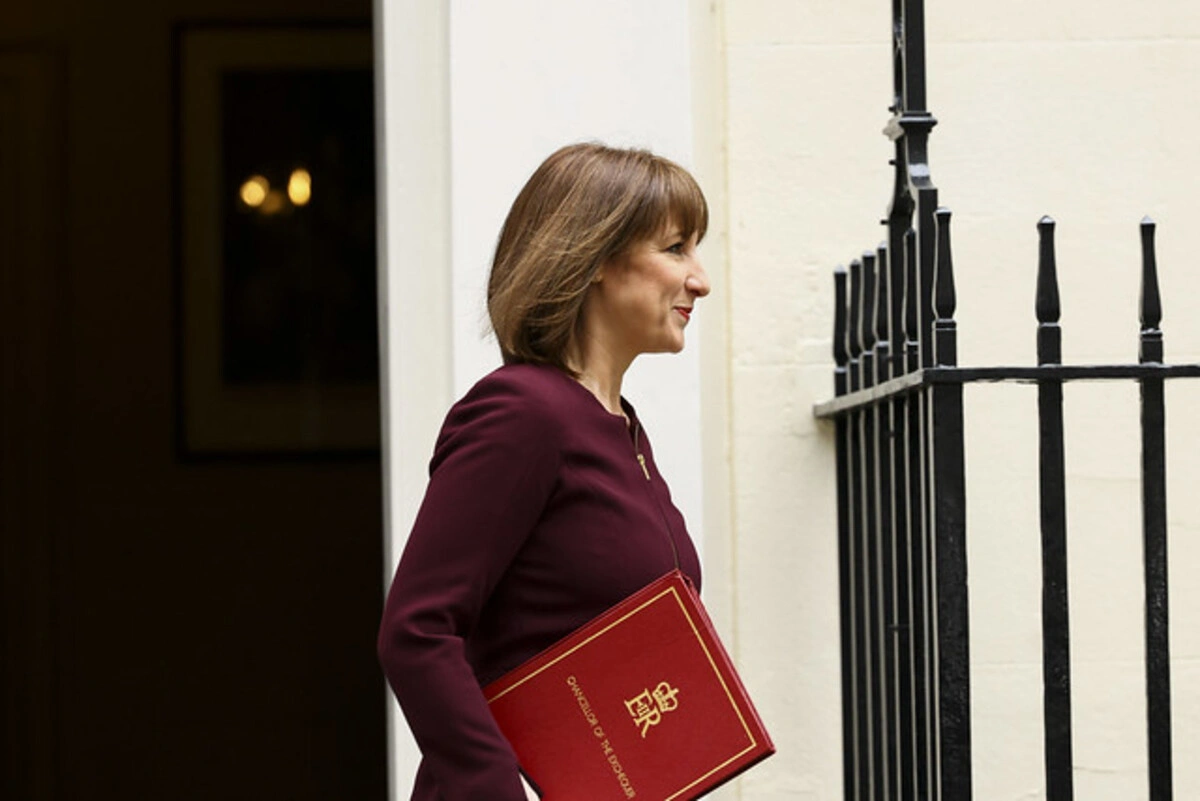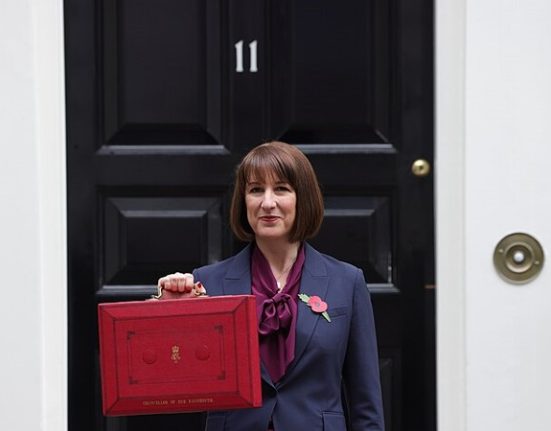The biggest news from the Chancellor’s Spring Statement was perhaps that it contained no big news.
Dispelling the characterisation of the statement as an ‘emergency Budget’, it contained no tax changes or big new sending commitments.
Instead, it crystalised what was already known – that growth is down, debt costs are up, and as a result spending must be reigned in.
OBR halves growth outlook
On the back of it, the OBR has slashed this year’s growth forecasts in half – from 2% to 1%.
Combined with increased debt servicing, this has created a £14 billion hole in the public finances – almost wiping out the additional revenue raised from increased National Insurance contributions by employers.
So, how has the Chancellor attempted to close this gap?
Chief in Rachel Reeves’s sights has been welfare spending, which is being cut by £4.8 billion by 2029. But despite controversial cuts to PIP (personal independence payments) and incapacity benefits already announced, the government has had to go further than originally planned due to the OBR disagreeing with the Treasury’s original calculations of how much the proposed welfare changes would save.
Overall departmental spending will now grow by an average of 1.2% a year rather than 1.3%, and the government is hoping to realise savings from previously trailed civil service reforms and efficiency.
To try and get growth going, the government is relying on wide-ranging planning reforms, house-building and increased capital investment in the years ahead.
2026 growth forecasts up a tad
As a result, growth forecasts for 2026 and beyond have been slightly upgraded. However, the knock-on effect of this year’s lower growth means the overall forecast is still for a smaller economy than predicted only six months ago.
When it comes to government spending, the big event will now be in June – when the government publishes its long-awaited Spending Review and Industrial Strategy. This is when we’ll find out departmental budgets for the remainder of this Parliament, as well as details of planned capital investment.
The main takeaway? Despite valiant attempts to get Britain building, the serious levels of growth needed to get the economy truly motoring remain as elusive as ever.
Spring Statement key points:
- The Chancellor’s fiscal rules: Balance current budget by 2029. Net debt falling by end of forecast period.
- Inflation forecast 3.2% this year, 2.1% 2026.
- Growth forecast halved from 2% to 1% this year. Upgraded from 2026 to 1.9%, 2027 1.8%, 2028 1.7%, 2029 1.8%.
- Planning reforms expected to increase GDP 0.2% BY 2030 and 0.4% by 2035. House building to be at a 40 year high, with 1.3 million forecast as a result of planning reforms. Alongside extra Capital spending, this will result in additional growth of 0.6% by 2035.
- Public finances forecast: Change since Budget: 4.1bn deficit rather than £9.9bn surplus/headroom by 2029. Resulting in £14bn hole to fill.
- Main measures to restore the £9.9bn surplus:
£1bn from action on tax evasion.
£4.8bn from welfare savings.
£3.5bn savings from civil service transformation – funded by £3.25bn upfront investment in transformation fund in civil service reform.
£3.4bn as a result of growth measures (planning reforms and capital). - Forecast 1.2% growth average p.a. in current public spending
- £2bn p.a. extra in capital spending on infrastructure and defence.
- Extra £2.2bn for MoD in coming financial year. 10% of equipment budget on new and innovative technologies.
- Next big fiscal event: Spending in June inc. Multi year Departmental and Capital settlements.







